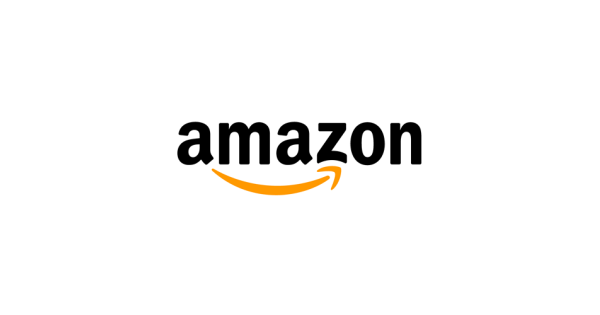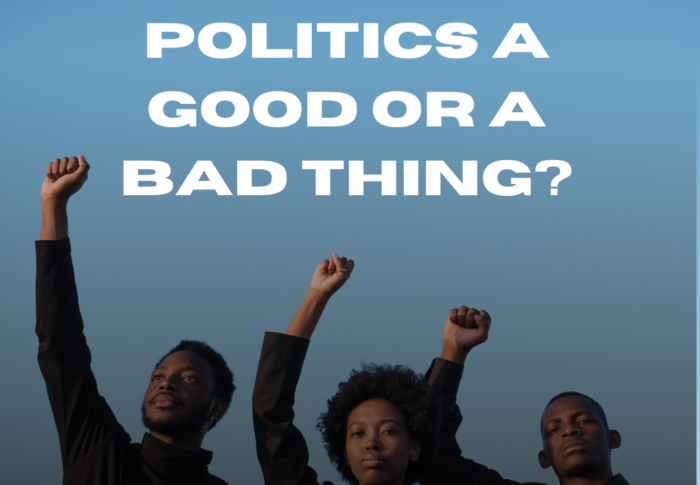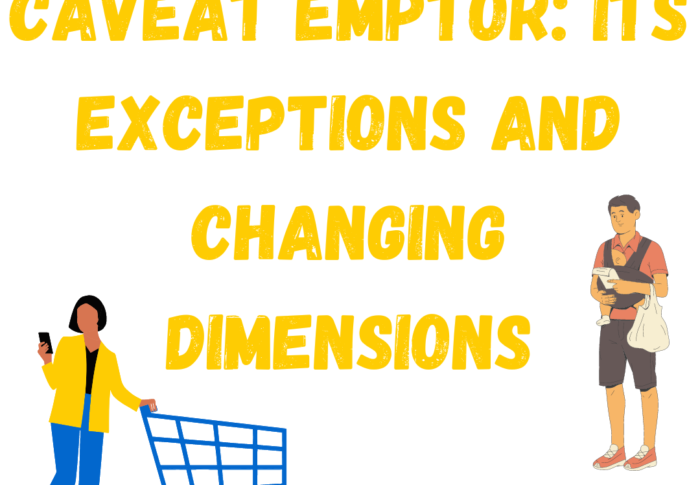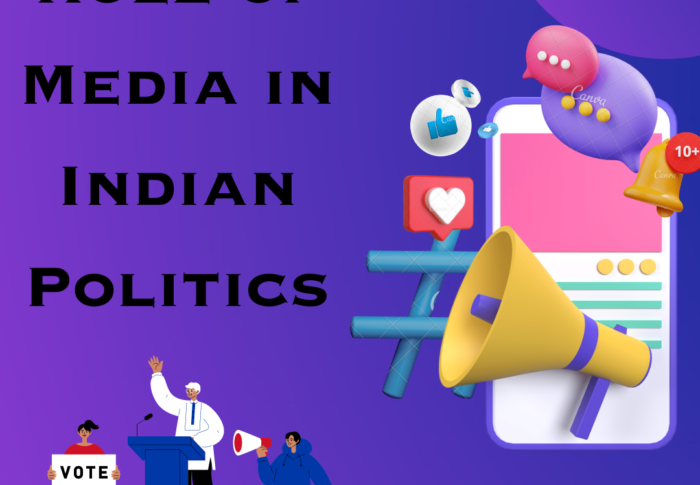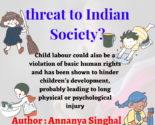
World Trade Organization (WTO): International Trade | Tariffs
The World Trade Organization (WTO) is an international institution that oversees the international trade rules among nations.
Author: Riya Kashyap
International Trade refers to the exchange of goods and services between countries. It allows countries to expand their markets and access goods and services that otherwise may not have been available domestically. As a result of international trade, the market is more competitive. This ultimately results in more competitive pricing and brings a cheaper product home to the consumer.
International trade is the key to the rise of the global economy. In the global economy, supply and demand and thus prices both impact and are impacted by global events. The importance of international trade was recognized early on by political economists such as Adam Smith and David Ricardo.
For Example- Political change in Asia, which could result in an increase in the cost of labour. This could increase the manufacturing costs for an American sneaker company that is based in Malaysia. Which leads to increase in the price charged for a pair of sneakers that an American consumer might purchase at their local mall.
Following are the basic concepts to have a deeper understanding of International Trade:
Imports & Exports
A product that is sold to the global market is called export, and a product that is bought from the global market is an import. Imports and exports are accounted for in the current account section in a country’s balance of payments. Imports lead to an outflow of funds from the country since import transactions involve payments to sellers residing in other countries. Exports lead to an inflow of funds to the seller’s country since export transactions involve selling domestic goods and services to foreign buyers.
Comparative Advantage
- Comparative advantage is an economy’s ability to produce a particular good or service at a lower opportunity cost than its trading partners.
- The theory of comparative advantage introduces opportunity cost as a factor for analysis in choosing between different options for production.
- Comparative advantage suggests that countries will engage in trade with one another, exporting the goods that they have a relative advantage in.
Absolute Advantage
- It is when a producer can produce a good or service in greater quantity for the same cost, or the same quantity at a lower cost, than other producers.
- Absolute advantage can be the basis for large gains from trade between producers of different goods with different absolute advantages.
- By specialization, division of labour, and trade, producers with different absolute advantages can always gain more than producing in isolation.
- Absolute advantage is related to comparative advantage, which can open up even more widespread opportunities for the division of labour and gains from trade.
Tariff
- Tariff are duties on imports imposed by governments to raise revenue, protect domestic industries, or exert political leverage over another country.
- Tariffs often result in unwanted side effects, such as higher consumer prices.
- Tariffs have a long and contentious history and the debate over whether they represent good or bad policy rages on to this day.
There are several types of tariffs and barriers that a government can employ:
- Specific tariffs
- Ad valorem tariffs
- Licenses
- Import quotas
- Voluntary export restraints
- Local content requirements
Free Trade
Free trade is a trade policy that does not restrict imports or exports. It can also be understood as the free-market idea applied to international trade
- Free trade agreements reduce or eliminate barriers to trade across international borders.
- Free trade is the opposite of trade protectionism.
- In the U.S. and the E.U., free trade agreements do not come without regulations and oversight.
Protectionism
Protectionism refers to government policies that restrict international trade to help domestic industries. The protectionist policies are usually implemented to improve economic activity within a domestic economy but can also be implemented for safety or quality concerns.
- Protectionist policies place specific restrictions on international trade for the benefit of a domestic economy.
- The policies typically seek to improve economic activity but may also be the result of safety or quality concerns.
- The value of protectionism is a subject of debate among economists and policymakers.
- Tariffs, import quotas, product standards, and subsidies are some of the primary policy tools a government can use in enacting protectionist policies.
WORLD TRADE ORGANIZATION (WTO)
Created in 1995, the World Trade Organization (WTO) is an international institution that oversees the global trade rules among nations. It superseded the 1947 General Agreement on Tariffs and Trade (GATT) created in the wake of World War II.
The WTO is based on agreements signed by the majority of the world’s trading nations. The main function of the organization is to help producers of goods and services, as well as exporters and importers, protect and manage their businesses. As of 2021, it has 164 member countries, with Liberia and Afghanistan the most recent members, joined in July 2016.
- The World Trade Organization (WTO) oversees global trade rules among nations.
- The WTO has fuelled globalization, with both positive and negative effects.
- The main focus of the WTO is to provide open lines of communication concerning trade among its members.
The WTO is essentially an alternative dispute or mediation entity that upholds the international rules of trade among nations. The organization provides a platform that allows member governments to negotiate and resolve trade issues with other members. The WTO’s main focus is to provide open lines of communication concerning trade among its members. For example, the WTO has lowered trade barriers and increased trade among member countries. On the other hand, it has also maintained trade barriers when it makes sense to do so in the global context. Therefore, the WTO attempts to provide negotiation mediation that benefits the global economy.
Trade War
- A trade war occurs when one country retaliates against another by raising import tariffs or placing other restrictions on the other country’s imports.
- Trade wars are a side effect of protectionist policies and are controversial.
- Advocates say trade wars protect national interests and provide advantages to domestic businesses.
- Critics of trade wars claim they ultimately hurt local companies, consumers, and the economy.
Balance Of Trade
Balance of trade (BOT) is the difference between the value of a country’s imports and exports for a given period and is the largest component of a country’s balance of payments (BOP).
Mail us at info@edumound.com

